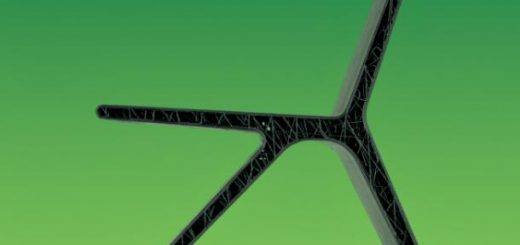Covestro Partners with Silicon Valley Based Tech Company, Carbon
3D printing offers unique opportunities to produce three-dimensional, often complex shaped parts in one single step. While predominantly prototypes and sample parts have been produced in small numbers so far, many industries are increasingly interested in industrial mass production.
 Covestro partners with Silicon Valley based tech company, Carbon, via Shutterstock
Covestro partners with Silicon Valley based tech company, Carbon, via Shutterstock
Silicon Valley based company Carbon has developed Digital Light Synthesis (DLS) technology, which can accelerate the production of parts up to a hundredfold compared to previous processes. After years of R&D, Carbon developed a novel polyurethane liquid resin suitable for production parts.
Covestro is a key partner in the scale-up and high-volume production of this material. The company invested a significant sum to enable the production in commercial quantity. As a result, joint forces proving mass production viability of the 3D-printing process and the respective material, and this is a current success of the partnership.
Patrick Rosso, Global Head of Additive Manufacturing at Covestro, said: “Our biggest challenge in the upscaling of additive manufacturing until series production lies in the supply of suitable materials in the required quality and quantity. By partnering with companies like Carbon, we are pushing existing scale boundaries and supporting various industries along the value chain on their way to digital mass production.”
Covestro is currently researching materials to enable an extended range of industrial applications. To this end, the company is upgrading laboratories for 3D printing at its Leverkusen, Pittsburgh and Shanghai sites, where it develops and tests material solutions for serial additive manufacturing in collaboration with different customers.
At Carbon’s DLS technology, oxygen is supplied from below to counteract the curing and thus creating a liquid dead zone. For this purpose, the bottom of the vessel is made of a light- and air-permeable membrane, similar to a contact lens. Due to this dead zone, the printed part can be pulled continuously upward without the formation of individual layers.
Production using DLS technology is up to 100 times faster than with stereolithography – another important prerequisite for industrial mass production.
Source:EPPM




Recent Comments